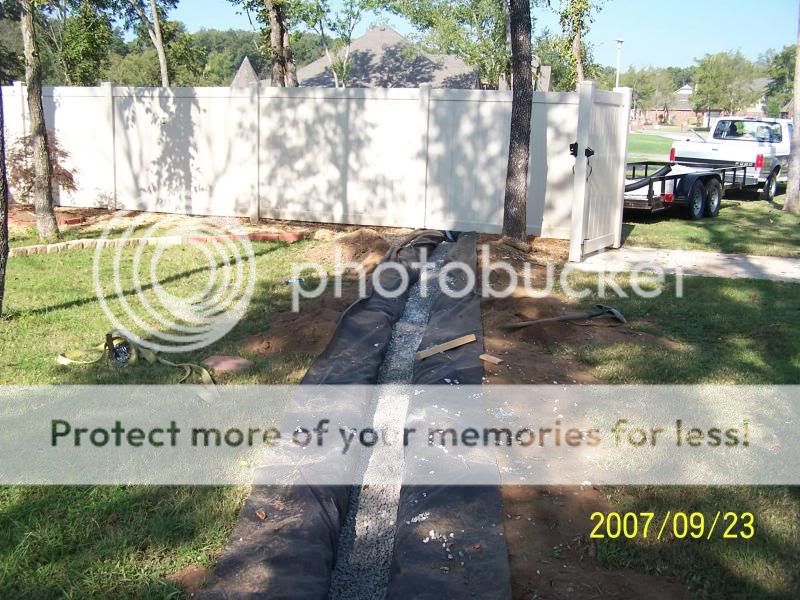
 2
2
























 1
1









[img]http://i109.photobucket.com/albums/n52/havlik1/permie%20pics2/permiepotrait3pdd.jpg[/img]
"One cannot help an involuntary process. The point is not to disturb it. - Dr. Michel Odent








[img]http://i109.photobucket.com/albums/n52/havlik1/permie%20pics2/permiepotrait3pdd.jpg[/img]
"One cannot help an involuntary process. The point is not to disturb it. - Dr. Michel Odent
 1
1




 1
1




[img]http://i109.photobucket.com/albums/n52/havlik1/permie%20pics2/permiepotrait3pdd.jpg[/img]
"One cannot help an involuntary process. The point is not to disturb it. - Dr. Michel Odent








[img]http://i109.photobucket.com/albums/n52/havlik1/permie%20pics2/permiepotrait3pdd.jpg[/img]
"One cannot help an involuntary process. The point is not to disturb it. - Dr. Michel Odent
 1
1




Projects, plans, resources - now on the Permies.com digital marketplace.
Try the Everything Combo as a reference guide.
 2
2




John Meshna (owner)
Blue River LLC
1195 Dog Team Road
New Haven, Vt 05472








John Meshna (owner)
Blue River LLC
1195 Dog Team Road
New Haven, Vt 05472




 1
1












Brenda
Bloom where you are planted.
http://restfultrailsfoodforestgarden.blogspot.com/




























The red area shows where the water is able to move faster on the inside of the pipe because of least resistance.
And in what situation will it be bone dry?
I think that this might be the source of your confusion.
You seem to think that the main component of a french drain is the pipe. It seems that you think the pipe IS the french drain. You can have just a trench of crushed stone and THAT would be a french drain. The pipe merely helps in high volume situations when you need to move the water away quickly.




paul wheaton wrote:
We can build a packed trench around our structure with a gentle grade drop that will take any water away from the structure and downhill. Still not perfect, but far better than the french drain solution.
I'm going to pontificate that a french drain might take away 10% to 20% of the water throughout the year, and for 20 days of the year, the subsoil surrounding the structure is 90% or more saturated.
With the packed trench, it takes away 30% to 40% of the water and the subsoil surrounding the structure is never more than 90% saturated.
But this is just what my brain tells me based on my understanding of these things at this time. There can be all sorts of circumstances that can monkey with these thoughts.
Again, I'm flattered that you want to talk about me, and how addled my brain is. But when you switch the conversation to me, it makes me think that your position is terribly weak.
Perhaps what you really intend to talk about is your position.
I can tell you that what I think is the same as what you appear to think in this regard: you can make a french drain without the pipe, but few people do.
Take a look at the "paul drain" at the top of this thread. That will take far more surface water away than a french drain. And you could put a french drain pipe in that if you wanted to.
 1
1




Can you send me some links to where you are getting your percentages?
Actually, what you have described as a "paul drain" is actually a french drain just without a pipe.
Also, your ground is going to become 90% saturated with water regardless of the fact that you have a "paul drain"
Also, I believe that I am not going after you. I am going after your mis conceptualizations of water flow. If it comes across as an attack against you then I am sorry. That is not my intent.



How many "paul drains" have you made?
In fact, how many french drains have you made?
I needed a controlled way to move some surface water away from a site but the volume of water wasn't that great so the pipe wasn't needed.
















Kabir424 wrote:
Quote
How many "paul drains" have you made?
"Zero. I cannot think of a case where they would be wise. "
Then why are you espousing the benefits of a paul/french drain and trying to prove that a french drain is useless? If that's not your case then that is what it appears from reading these posts.




paul wheaton wrote:
So here is part of my concern. The drain pipe doesn't have a lot of holes. The holes are about a quarter of an inch in size (sometimes a little bigger) and about every 4 to 6 inches. So as you travel the pipe, there will be about 4 inches of pipe that has no holes. And when water encounters that section of pipe, I kind think it does something like this:
 1
1




the french drain will effectively remove water.
















If you want any vegetation to grow there then you will have their little roots growing through your packed trench. If you don't want any vegetation growing there then you will be constantly fighting a losing battle of water erosion. You can't have both.

|
Goodbye moon men. Hello tiny ad:
Rocket Mass Heater Resources Wiki
https://permies.com/w/rmh-resources
|








